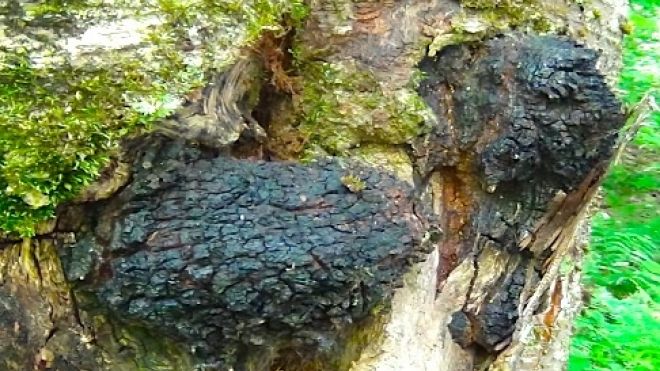Foods that may prevent Type-2 diabetes in children
As our lives have become more fast-paced, the way we feed our children has also changed. Running from one activity to the next can make it easy to justify the convenience of quick food, even if it means not providing the best nourishment. Research has shown that the top sources of energy for children between the ages of two and 18 come from grain desserts, pizza and soda - with nearly 40% of their consumed energy coming in the form of empty calories.  The mentality that a quick bite is better than nothing may be ruining our children’s health. Learning disorders, fatigue, depression, obesity and diabetes among children is becoming the norm rather than the exception. However, Type 2 diabetes can be prevented and even reversed with the right diet.  One of the best gifts a parent can give a child is a strong nutritional start and healthy eating habits. Children need nutrient dense foods to provide them with adequate energy to grow and play. The easiest way to do this is by sticking with fresh food and avoiding anything that can sit on a shelf without decomposing for years. From a child’s first bite of food, their tastes begin to form. Feeding them salty and sugary foods and juice will create cravings for more. Instead, offer a variety of different flavors and create a natural desire for fresh foods. Bone broth  Real bone broth made from chicken, beef, fish or other bones is simple to make and full of minerals that can boost immunity. Aside from healthy minerals, bone broth is rich in gelatin and glycosaminoglycan which promote the healthy development of bone and dental structures. Bone broth can easily be incorporated into soups, casseroles, stews and sauces – and can even be frozen in ice cube trays for reuse. Saturated fats Children need saturated fats and cholesterol in order to develop a healthy brain and nervous system. They are also vital for developing strong teeth and bones, healthy tissues and strong immune systems. The key is to buy the highest quality you can afford. Meats and eggs from pasture-raised animals are significantly higher in vital nutrients such as Omega-3 fatty acids and are free of antibiotics and hormones. Buying produce from local farms can guarantee freshness while keeping costs down.  Vegan sources of saturated fat also provide amazing health benefits and are usually kid-friendly. Olive and coconut oil are great for cooking with and nuts and avocado make great nutrient-dense snacks that can keep children from craving junk food. Fermented foods From pickles to yogurt, finding a few fermented foods to add to your child’s diet can help keep them healthy. Fermented foods are rich in probiotics, which increase healthy gut bacteria, and have been linked to stronger immunity, better digestion and fewer allergies.  Since fermented foods come in so many different flavor and texture profiles, finding at least one that your child enjoys should be relatively easy. Almost any vegetable can be pickled and sauerkraut, kimchi and pickles can be refrigerated for long periods of time. Organic, plain yogurt and kefir are great additions to smoothies and can make a quick breakfast when you’re on the go. Children have a natural drive to be active and get the right kind of exercise, so take advantage of it. With recess being shortened and physical education being cut out of many schools, having the opportunity to exercise at home is crucial.  Turn your back yard into a mini gym by providing heavy things to play with, obstacles to jump around and sand for digging in. If you don’t have a yard, make it a daily habit to do an outdoor activity together such as going for a walk, riding a bike or kicking a soccer ball back and forth. Keep the exercise fun and enjoy the bonding time.Jacqueline Banks is a certified holistic health counselor and busy mother. & Her focus is on helping other busy moms in all stages of motherhood keep themselves and their little ones healthy and happy. & She uses natural and organic solutions to solve individual health problems and promote clean living. Check out her website at www.jbholistic.com.& & source : http://www.foxnews.com/health/2013/05/28/foods-that-could-prevent-type-2-diabetes-in-children/


